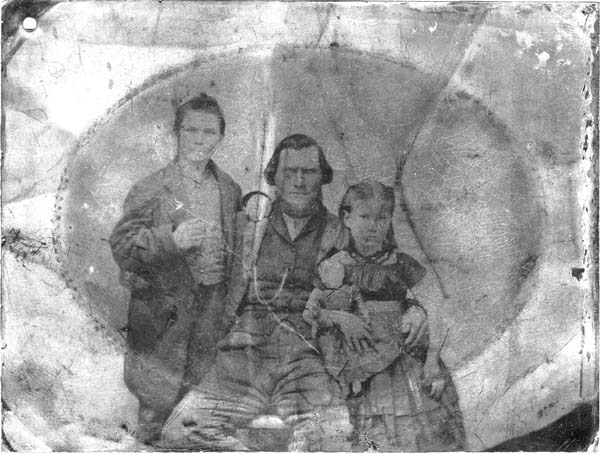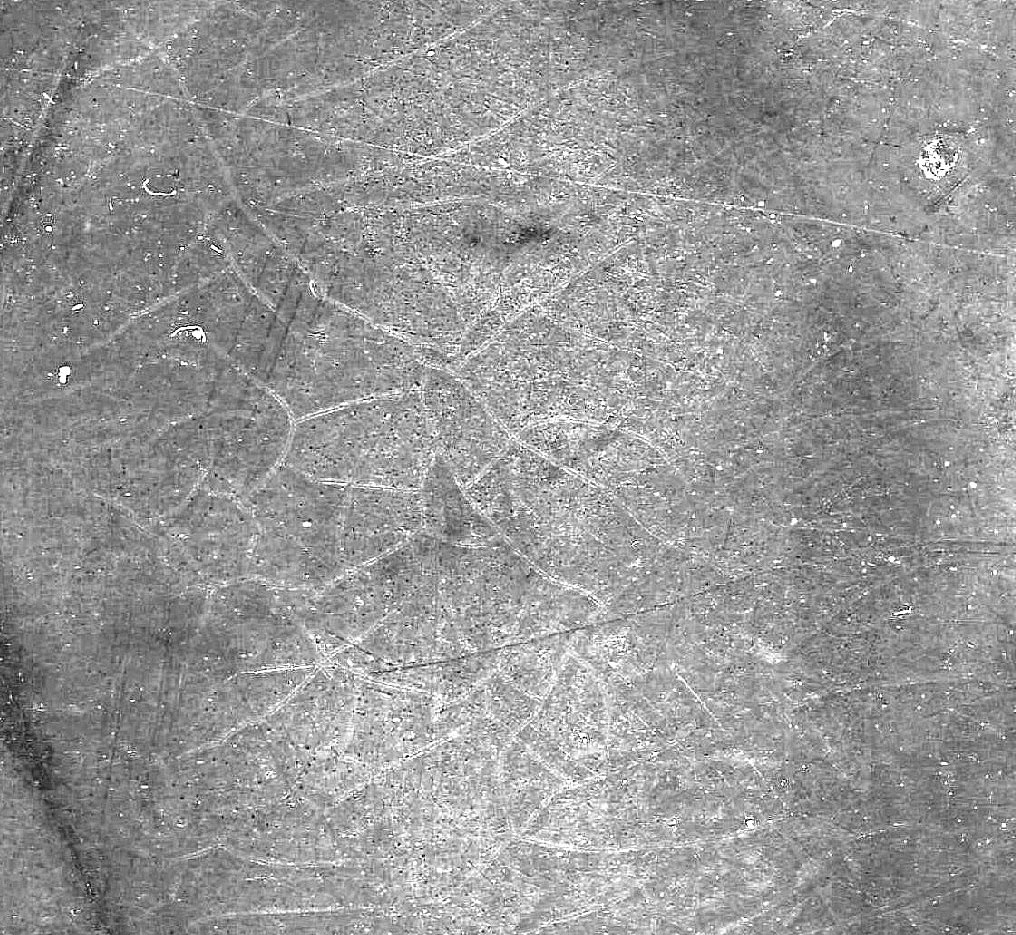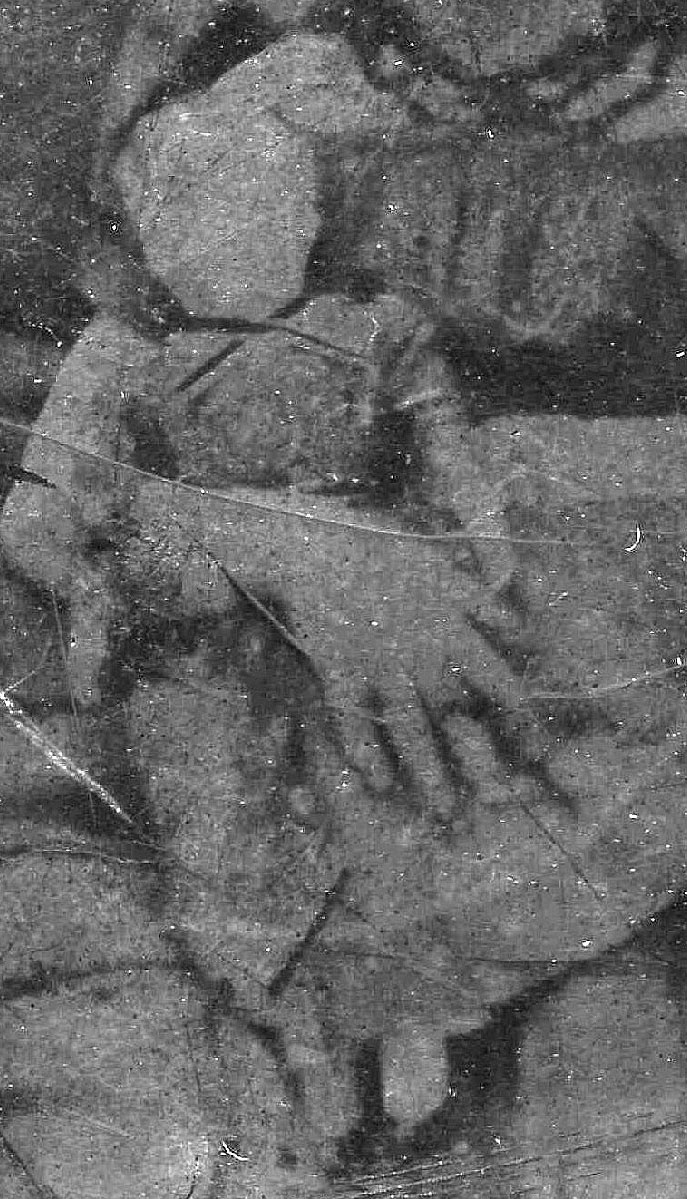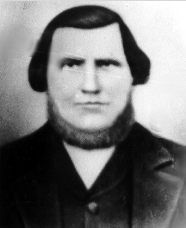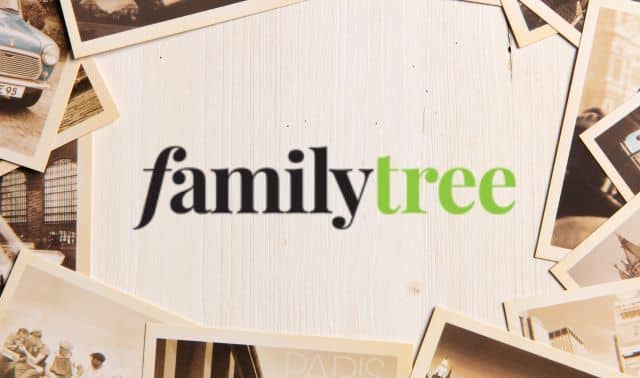Sign up for the Family Tree Newsletter Plus, you’ll receive our 10 Essential Genealogy Research Forms PDF as a special thank you!
Get Your Free Genealogy Forms
"*" indicates required fields
I had trouble deciding the angle for this story. Would I discuss the problem of trying to figure out the photographic method or mention a family brick wall? Then I re-read all the emails from Randy Majors and decided to cover those topics as well as how he identified his picture.
What is it?
Electronic files are wonderful for sharing pictures, but nothing compares with looking at the original, especially when you’re trying to determine the photographic method. One of the first questions I asked Randy was, “Can you describe the picture?”
There were two types of metal images in the first 20 years of photography. Daguerreotypes are shiny, highly reflective images that are reversed, but tintypes are on a thin sheet of iron and usually varnished. They aren’t really shiny. He said that the image was somewhat shiny, but not mirror-like.
So what is it? Without seeing the original, I’d guess a tintype. If you look very closely at the left of the picture you can see a crackled pattern in the photographic emulsion. I’ve never seen that in a daguerreotype, which is created by chemical salts on a silver plate.
The other detail that makes me think this is a tintype is the hole in the upper-left corner. I’ve seen scads of tintypes with this, but never a daguerreotype.
This lovely picture was once covered by an oval mat, appropriate for either a daguerreotype or a tintype.
When was it taken?
Let’s look at the subjects’ attire from left to right. The boy wears a jacket several sizes too large. The stiff wave of hair atop of his head was particularly popular in the 1850s. His father wears a collarless shirt, a vest and a jacket. His hair is long and combed back. A full under-the chin beard completes his appearance.
It wasn’t unusual for little girls in the 1850s and in the early 1860s to wear dresses with shoulder-bearing necklines and short epaulette sleeves, with strings of beads around their neck. Their attire could be from the late 1850s or even the early 1860s.
The girl’s doll could date the picture. I’m no doll expert, but determining whether this is a rag-style doll or a china doll could help place this image in a time frame. I think it’s a china-headed doll. The problem is that the detail is missing from the face. For help with dating dolls in images, consult Dawn Herlocher’s 200 Years of Dolls, 3rd edition (KP Books, $29.95).
Who is it?
One of the best ways to identify a picture is by swapping with relatives to see if they have similar images. The unidentified picture Randy sent was his great-aunt’s. In Rady’s collection was an identified picture of William Riley Majors, (1821-1881).
Notice anything familiar? You guessed it. It’s not only the same man—it’s the same picture, only a copy.
So who’s in the first picture with William? His son William Andrew Majors and his daughter Martha Etta Majors. Based on the children’s ages, Randy thinks this picture was taken about 1865 in the Madison County, Ill. or St. Louis, Mo., area. He could be right. This late a date also would suggest that the image is indeed a tintype.
Randy’s biggest problem is that no one has been able to find out the lineage of William Riley Majors. He was born in either Alabama or Kentucky, and died in Cowley County, Kan. “He remains my biggest brick wall,” Randy wrote.
Anyone have any research suggestions for Randy?
ADVERTISEMENT

